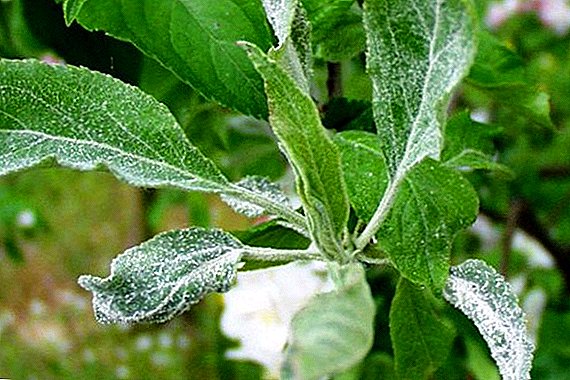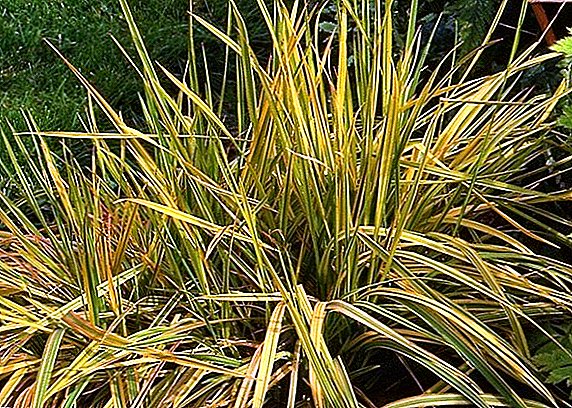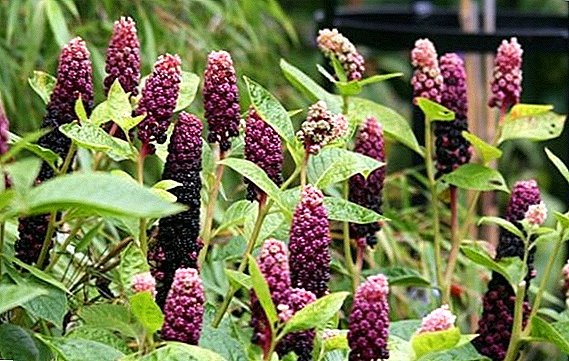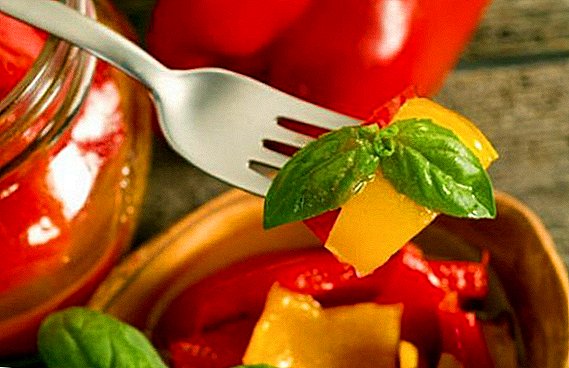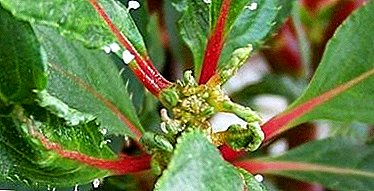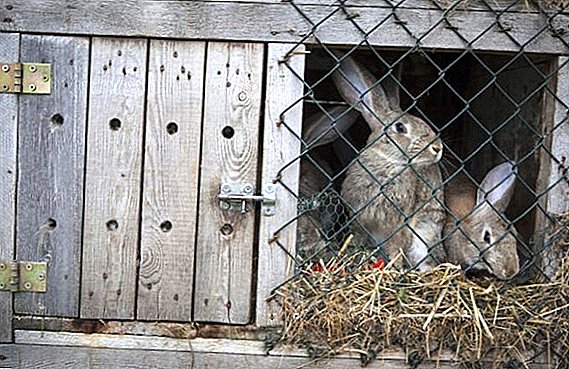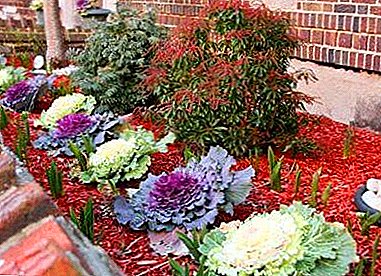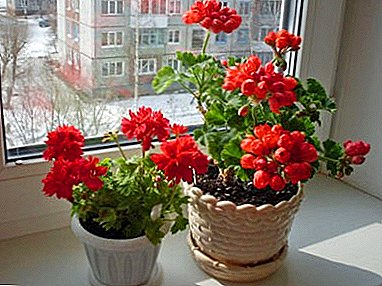
Pelargonium is a plant that grows in most people in pots, but is also suitable for growing in open ground. Many gardeners liked the flower for various reasons. Some love it because of its healing and aesthetic qualities. Others pay attention because of the possibility of landing in the form of a fairly simple care. Still others see it as a wonderful addition to a variety of floral arrangements. From the article you will learn about planting at home, about caring for her, about when to plant flowers and how the process looks in the photo.
Pelargonium belongs to the family of Geraniahs, therefore it is a perennial. But in the winter in the middle lane can freeze. It is necessary to take into account all the subtleties in the cultivation of pelargonium.
When do I need a transplant?
Young plant is recommended to replant once every two years. Pelargonium is sufficient for this time to grow roots. The bush begins to need additional nutrition. If there are a lot of plants in the house, then you can forget about the transplant time. In this case, you should pay attention when the roots begin to crawl out of the drainage holes, it is urgently necessary to transfer.
Read more about caring for pelargonium in the garden in this article.
Another reason for transplanting is overwetting roots. More severe cases are a disease and the death of a plant (you can find out here which pests and diseases can destroy a flower).
When is it better to do this?
Early spring is considered to be the best time for a transplant.. But in cases where the flower is sick or dies, the transplant must be done immediately.
Description of the procedure
From here you will learn how to transplant pelargonium.
Pot
 To create favorable conditions for the flowering of pelargonium, you need to choose the right capacity for transplanting. It should not be large, because there will be a large number of shoots that will begin to pull out all the juice from the plant, which makes the plant to bloom.
To create favorable conditions for the flowering of pelargonium, you need to choose the right capacity for transplanting. It should not be large, because there will be a large number of shoots that will begin to pull out all the juice from the plant, which makes the plant to bloom.
But you should not choose a small pot, there will be little room for growth in the roots. All this can lead to the death of the plant. Recommend to transplant pelargonium in a pot not more than the previous one by a few centimeters.. When transplanting into a box or open ground, it is necessary to create a distance of 2-3 cm between bushes.
At the bottom of the pot must be done drainage holes.
Land
Pelargonium soil must be chosen loose, light, in its composition must contain beneficial substances. You can buy land in the store for begonias, it is ideal for transplanting. There are several ways to obtain soil mixture suitable for planting and transplanting..
- Mix sheet, humus, sod land and sand in proportion - 2: 2: 2: 1.
- Mix humus, peat, compost earth and sand in a proportion - 1: 1: 1: 1.
- Move the horticultural soil, peat and sand in proportion - 1: 1: 1.
Details on how to choose the right soil and pot for planting pelargonium, read here.
Process itself
At the bottom of the pot must be laid a layer of drainage. Drainage materials:
- broken red brick;
- expanded clay;
- Styrofoam;
- clay shards.
Pelargonium before transplanting is recommended to pour abundantly. This will make it easier to take the plant out of the pot. Next, a flower with an earthy clod is carefully removed and transferred to a new pot. The formed emptiness needs to be filled up with the moistened soil. The first watering after transplanting is carried out on the fourth day.
Reference! If it is necessary to move an outdoor plant home, then transplanting is reduced to transferring a large earthen clod into a suitable pot. Thereby the bush will receive the minimum damage.
We offer you to watch a video on transplanting pelargonium:
How to plant a flower?
We tell how to plant and root a flower.
Ways
From seed
 Pelargonium seeds have one distinguishing feature. They quickly lose their germination, so they must be fresh. The shelf life of all seeds is about two years.. This will ensure seed germination at 100%. If the seeds are not fresh, then before planting they must be soaked for several hours in a solution of epine.
Pelargonium seeds have one distinguishing feature. They quickly lose their germination, so they must be fresh. The shelf life of all seeds is about two years.. This will ensure seed germination at 100%. If the seeds are not fresh, then before planting they must be soaked for several hours in a solution of epine.
Two cotton pads will be needed, they need to be filled with water. Each disc will require one drop of epine. Putting the seeds on a disk, close them with a second disk. After a few hours you can plant seeds. You can use plastic containers or cups for planting. They need to sprinkle the seeds about 0.5 cm.
Plastic containers must be closed with a lid and put in a warm place for germination.. After the seedlings have hatch, they are placed under the lamp for the additional lighting.
If plastic cups are used for growing, you can use a bag as a lid. The cover of the container should be removed when the leaves grow. From this point on, the plant can be fed with organic-mineral fertilizer.
Fertilizer should be used 2 times less than it is necessary according to the instructions.. It is recommended to feed up at each watering that the plant developed quickly and evenly.
Learn more about how to grow pelargonium from seeds, as well as see the photo, here.
We offer you to watch a video about planting pelargonium seeds:
From cuttings
 Pelargonium preserves the decorative effect for 2-5 years, after which it is desirable to take care of renewal by rooting the cuttings. Cuttings can be obtained at any time, starting in early spring and ending in the fall. To cut the cuttings should wait for the end of flowering. Cuttings should be cut only from healthy plants.
Pelargonium preserves the decorative effect for 2-5 years, after which it is desirable to take care of renewal by rooting the cuttings. Cuttings can be obtained at any time, starting in early spring and ending in the fall. To cut the cuttings should wait for the end of flowering. Cuttings should be cut only from healthy plants.
The cuttings are the apical parts of the shoots about 5-7 cm in length. The lower leaves are removed, and under the lower knot make an oblique cut at a slight angle. The lower cut of the cutting should be dried.
First you need to take care of the soil. Soil for rooting the cutting should consist of a peat substrate and perlite in the same proportions. It is desirable to sterilize the soil, just calcined for 30-40 minutes in the oven.
Plastic cups can be used for planting. or pots equal in volume to them.
- They are filled with earth and immersed in a pan with water before wetting the upper part of the earth mixture.
- Cuttings are planted in the ground for about 1-3 cm, slightly tamping the ground.
- After that, the soil should dry out in about one day.
- The first watering must be carried out through a pallet.
For rooting cuttings create a greenhouse is not necessary. You can not put the cuttings in direct sunlight, otherwise the leaves will wither. Favorable temperature for planting - 20-22 degrees. The first pinching can be carried out after 8 leaves appear. To do this, you need a sharp knife to remove the apical point of growth.
Side shoots begin to grow more actively from the sinuses of the remaining leaves. If the shoots grow from the first two upper buds, you should remove them or pinch them when 3 leaves appear.
We talked more about the methods of reproduction of pelargonium and the subsequent care of the flower after planting in this article.
We offer you to watch a video about cutting pelargonium:
A photo
In the photo you can see how the planting takes place.



What time do I need to finish?
By the end of January, the landing of pelargonium must be completedto bloom in June. Rooting cuttings occur in 2-4 weeks.
How to care after the procedure?
- Watering. Pelargonium should be watered regularly throughout the growing season.
Important! During the time between watering the top layer of the earth should dry out slightly.
- Rest period. Pelargonium blooms all summer, so 1.5-2 months a year should be allowed to rest. To do this, the plant must provide rest. During this period, pelargonium does not need to be watered and fed (in detail about what to do if pelargonium does not bloom, we are told here). If done correctly, in the spring she will bestow a beautiful flowering.
- Fertilizers. It is recommended to feed pelargonium with complex fertilizers for flowering plants.
Top dressing is definitely necessary during the period of active growth. Details on how to water and how to feed pelargonium, we told here.
- Pruning. In the spring, it is advisable to pinch the tops of the shoots so that the pelargonium grows more actively and brings more flowering. Cropped tops can be used to produce new plants (how to pinch and trim the pelargonium correctly?).
Planting pelargonium does not take much power. It can be planted on flowerbeds, curbs, mixborders. Ideal for hanging, portable containers, balcony drawers and various pots. Now you know how and when to plant this miracle flower.


